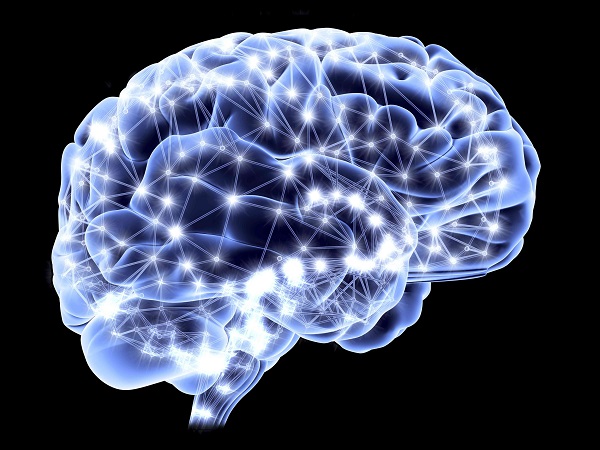Chapter 14. Environment and the Brain
Learning Objectives

Understand the role of environmental experience in brain development.
Describe the relevant evidence about brain development from experiments on rat environments.
Review
Review
Select the NEXT button to continue with the Review.

1. Although brain development is guided by maturation based on genetic inheritance, early experiences also influence brain development.
Review
Review
Select the NEXT button to continue with the Review.

2. Early experience helps develop our brain's neural connections for processing information from our senses, for moving our body effectively, and for higher-level thinking and problem solving.
Review
Review
Select the NEXT button to continue with the Review.

3. One of the best examples of the impact of early experience on brain development comes from experiments by Mark Rosenzweig and his collaborators. They raised some young rats in a solitary, "impoverished" environment and other rats in a communal playground considered an "enriched" environment.
Review
Review
Select the NEXT button to continue with the Review.

4. When their brains were later analyzed, the rats raised in the enriched environment had developed a heavier and thicker brain cortex with extra dendrites, allowing more connections between neurons—presumably giving these rats a higher level of rat intelligence.
Practice: Simulating the Rosenzweig Experiment
Practice: Simulating the Rosenzweig Experiment
How do early experiences leave their "marks" in the brain? To find out, we're going to simulate one of the famous experiments by Mark Rosenzweig and David Krech (Rosenzweig, 1984), using young rats from the same litter (so they have similar genetic traits).
Instructions: Select one rat to go into this individual cage. The rest will be placed in a different cage for comparison.
The rat you selected will be raised in an ordinary lab cage. It will receive the same amount of food and water as the other rats, but it will be raised in "solitary confinement." This rat will have no contact with other rats, and will have nothing to explore except the cage itself.
We'll call this the "impoverished environment" condition.
Instructions: Now, select any of the remaining rats to place them all in the larger cage.
These other rats will be raised in a special larger cage. They will receive the same amount of food and water as the solitary rat, but they will spend their days socializing with other rats, and will have plenty of "rat toys" to play with.
We'll call this the "enriched environment" condition.
When the rats in this experiment reached adulthood, their brains were weighed and inspected under a microscope. Can you predict the results?
Instructions: Select the SHOW RESULTS button to see the impact of both environments on the rats’ brains.
The rats raised in the small, solitary cages showed less-than-optimal brain development.
"Impoverished" neurons are smaller, with fewer dendrites.
The rats raised in the larger cages usually developed a heavier and thicker cortex, with more interconnections between neurons.
"Enriched" neurons are larger and have more dendrites.
Quiz 1
Quiz 1
Drag each label to the area that best matches that information. When all the labels have been placed, select the CHECK ANSWER button.
Quiz 2
Quiz 2
Select the best answer for the question below. Then, press the CHECK ANSWER button.

Conclusion
